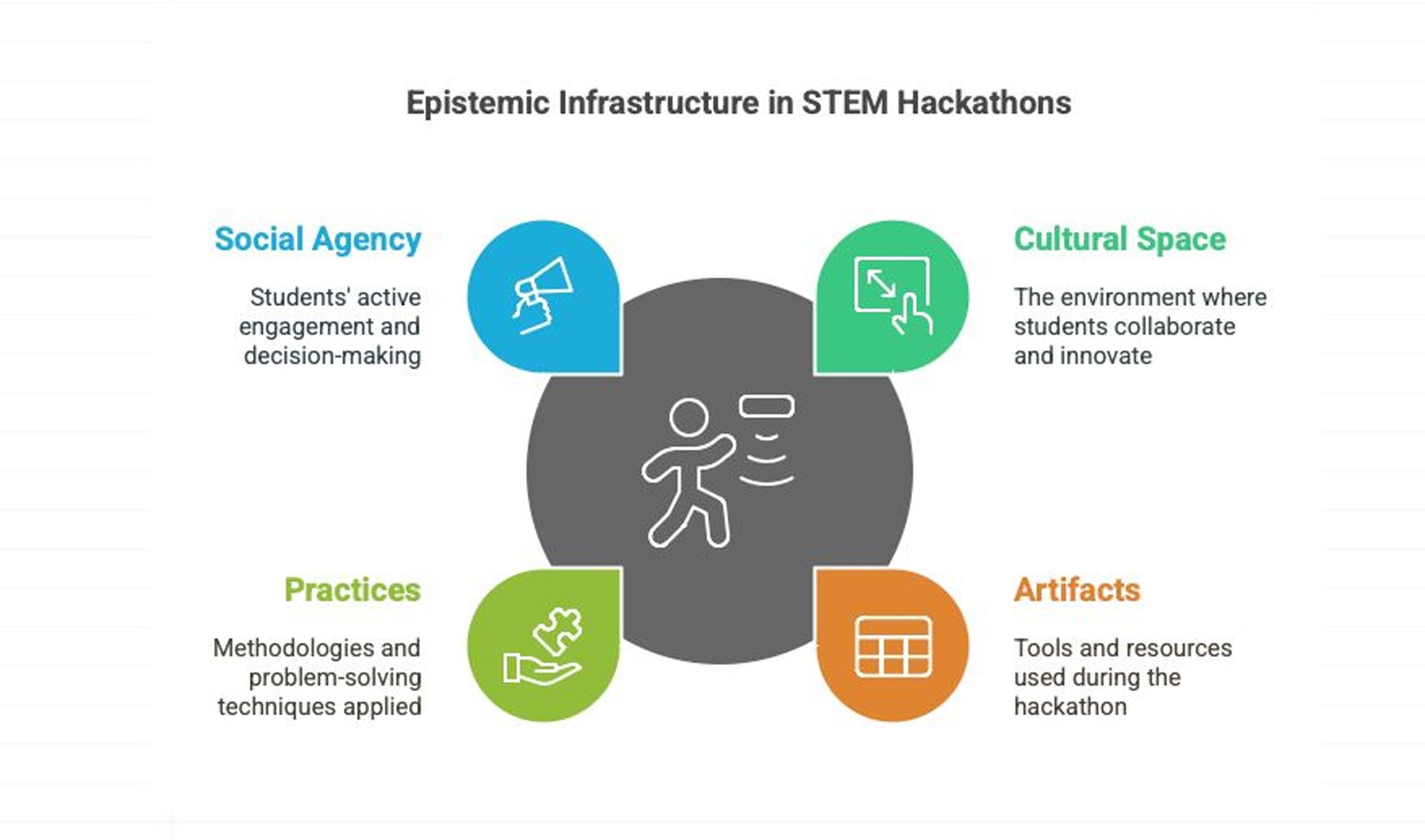How STEM Hackathons Are Transforming Learning: A Look at Epistemic Infrastructure
STEM hackathons are more than just events—they are dynamic learning spaces that empower students to engage with science, technology, engineering, and mathematics (STEM) in innovative ways. This feature explores how epistemic infrastructure (EI) plays a pivotal role in shaping these hackathons, particularly for students with limited access to STEM resources. Drawing on a study of a Singapore-based hackathon involving 115 ninth-grade students, we’ll dive into the key findings that reveal how the structure, tools, and practices of these events contribute to meaningful STEM learning experiences.
What Makes STEM Hackathons Unique?
Hackathons have emerged as cultural and collaborative hubs where students work intensively on real-world problems. These events replicate professional STEM environments, encouraging teamwork, creativity, and hands-on problem-solving. For students who may lack traditional STEM capital—such as access to labs or mentorship—hackathons provide an inclusive platform to explore and develop their skills.
The Building Blocks of Epistemic Infrastructure
The study identifies three foundational elements—or tenets—of epistemic infrastructure that make STEM hackathons effective learning spaces:
Cultural Space: Hackathons create an environment where collaboration thrives. Students work collectively in teams, mirroring professional STEM settings.
Artifacts: Tools—both digital (like coding platforms) and physical (like prototypes)—play a crucial role in facilitating problem-solving during the event.
Practices: The methodologies used by participants, such as brainstorming and iterative testing, reflect real-world STEM workflows.
Introducing Social Agency: A Fourth Tenet
One of the study’s groundbreaking contributions is the introduction of social agency as a fourth dimension of epistemic infrastructure. Social agency refers to the active role students take in decision-making, adapting to challenges, and shaping their learning journey. This aspect emphasizes the importance of student empowerment in hackathons, showcasing how these events foster independence and innovation.
Why Should Educators Care?
The findings highlight several implications for STEM education:
Epistemic Learning Beyond Classrooms: Hackathons encourage students to explore STEM concepts through hands-on experiences that go beyond traditional teaching methods.
Skill Development: Participants develop critical thinking, teamwork, and problem-solving skills that are essential for future STEM careers.
Accessibility: Structured hackathons can bridge gaps for students who lack access to conventional STEM resources, making education more equitable.
Looking Ahead
This research offers a theoretical framework for evaluating the impact of hackathons on STEM learning. It calls for further exploration into how the elements of epistemic infrastructure interact to optimize outcomes. By refining these events based on evidence-based practices, educators can unlock their full potential as transformative learning spaces.
Conclusion
STEM hackathons are not just competitions—they are immersive educational experiences powered by epistemic infrastructure. By fostering collaboration, leveraging tools and practices, and empowering student agency, these events redefine how we approach STEM education. As we continue to innovate in this space, hackathons could become a cornerstone of accessible and impactful learning for students worldwide.
Do you have experience with STEM hackathons or ideas about how they can be improved? Share your thoughts in the comments below!
Link to paper:
https://doi.org/10.1007/s10956-025-10203-6
NIE Repository: (requires login to DSpace)


